 2004 Suzuki Liana Sedan I (facelift 2004) Dimensions, Size & Specs
2004 Suzuki Liana Sedan I (facelift 2004) Dimensions, Size & SpecsMeasurements of the 2004 Suzuki Liana Sedan I, engineered for optimal performance and comfort
| Dimensions | |
|---|---|
| Length: | 4350 mm171.3 in14.3 ft |
| Width: | 1690 mm66.5 in5.5 ft |
| Height: | 1454 mm57.2 in4.8 ft |
| Weight Specifications | |
| Curb Weight: | 1150-1230 kg2535-2712 lbs |
The Suzuki Liana Sedan I facelift, produced between 2004 and 2007, represents a refined iteration of the compact sedan known for its practicality and reliable performance. This model features a length of 4350 mm (171.3 inches), a width of 1690 mm (66.5 inches), and a height of 1454 mm (57.2 inches), providing a balanced stance that combines ease of maneuverability with sufficient interior space. Weighing between 1150 and 1230 kilograms (2535 to 2712 pounds), the Liana Sedan I maintains a lightweight profile that supports efficient fuel consumption and responsive handling without compromising stability. The facelift brought subtle design enhancements to the exterior and interior, retaining the sedan’s reputation as an economical and functional choice for urban and suburban driving. Its dimensions place it firmly within the compact sedan segment, making it suitable for drivers seeking a vehicle that is easy to park and comfortable for everyday use. Overall, the Suzuki Liana Sedan I facelift is a practical compact sedan that blends Japanese engineering with sensible size and weight, meeting the needs of drivers who value reliability and efficient design.
Discover the standout features that make the 2004 Suzuki Liana Sedan I a leader in its class
Have a question? Please check our knowledgebase first.
The Suzuki Liana Sedan I (facelift 2004) has a length of 4350 mm (171.3 inches), a width of 1690 mm (66.5 inches), and a height of 1454 mm (57.2 inches). These dimensions place the Liana in the compact sedan category, offering a balanced size that is suitable for urban use while providing a comfortable cabin space. Its width of 1690 mm ensures reasonable interior shoulder room, and the height of 1454 mm supports a standard seating posture typical for compact sedans.
The curb weight of the Suzuki Liana Sedan I facelift ranges between 1150 kg (2535 lbs) and 1230 kg (2712 lbs). This relatively light weight contributes to nimble handling and better fuel efficiency, as the car does not require excessive power to move. The lighter curb weight enhances acceleration and braking responsiveness, making it suitable for city driving and moderate highway speeds while maintaining good fuel economy.
Yes, the Suzuki Liana Sedan I with its length of 4350 mm (171.3 inches) and width of 1690 mm (66.5 inches) fits comfortably into a standard garage. Typical residential garage dimensions are around 6 meters (19.7 feet) deep and 3 meters (9.8 feet) wide, so the Liana’s size leaves sufficient clearance for easy parking and maneuvering. Its compact footprint is an advantage for owners with limited garage space or tight urban parking conditions.
The 2004 facelift of the Suzuki Liana Sedan I retained very similar body dimensions to its prior generation, with the length around 4350 mm, width approximately 1690 mm, and height about 1454 mm. While the facelift focused more on styling updates and interior refinements rather than dimensional changes, the size remained consistent to maintain the car's compact characteristics. This means that owners upgrading from the previous model will find a familiar size footprint with slight enhancements in design and comfort.
Given its exterior width of 1690 mm (66.5 inches) and height of 1454 mm (57.2 inches), the Suzuki Liana Sedan offers a cozy yet practical interior for a compact sedan. The cabin is efficiently laid out to maximize passenger comfort and legroom for both front and rear occupants. Though it might not offer the spaciousness of mid-size sedans, the Liana’s dimensions provide adequate headroom and shoulder room for average-sized adults, making it a sensible option for city commuters and small families.
When compared with similar compact sedans produced in the early to mid-2000s, the Suzuki Liana Sedan I (facelift 2004) falls comfortably within the size norms of its class. For example, the Honda Civic and Toyota Corolla of that period had similar lengths around 4350 to 4450 mm, widths near 1700 mm, and curb weights ranging between 1100 and 1300 kg. The Liana’s dimensions and weight positioned it as a competitive option offering comparable interior space and maneuverability in urban settings.
The Suzuki Liana Sedan I (facelift 2004) is classified as a compact sedan. Its design balances efficient use of space with comfortable seating for up to five passengers, making it ideal for daily commuting, family transport, and light cargo needs. The car’s size and weight support fuel-efficient performance, practical handling, and affordable ownership costs, which are key considerations for urban drivers and small families.
While the exact ground clearance for the Suzuki Liana Sedan I (facelift 2004) is not specified here, compact sedans of this type usually have a clearance around 140-160 mm (5.5-6.3 inches). This height allows the Liana to handle typical urban road obstacles and mild uneven terrain without difficulties, although it is not designed for off-road use. The ground clearance helps maintain a low center of gravity, contributing to stable handling and good fuel economy.
The Suzuki Liana Sedan I offers a trunk space typical for compact sedans, generally around 380-400 liters (13.4-14.1 cubic feet). This capacity is sufficient for everyday luggage, grocery shopping, or small family outings. While it may not rival larger sedans or hatchbacks in cargo volume, the sedan’s trunk is well-sized for most daily needs and benefits from a traditional trunk layout that secures belongings safely and out of sight.
The 2004 Suzuki Liana Sedan I facelift featured small-displacement four-cylinder gasoline engines aimed at priority fuel economy and reliability. Typical engine sizes ranged from 1.3 to 1.6 liters, often paired with either manual or automatic transmissions. The drivetrain layout was front-engine, front-wheel drive (FWD), aligning with conventional compact car architecture. These options made the Liana an economical and practical choice for drivers seeking a simple, efficient vehicle.
Discover similar sized cars.
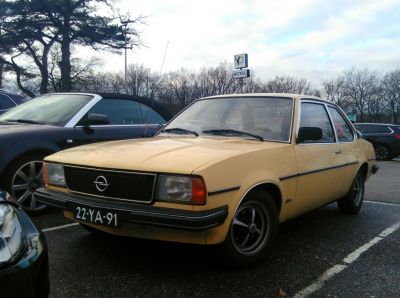
| Model Year: | 1976 |
|---|---|
| Length: | 4321 mm170.1 in |
| Width: | 1670 mm65.7 in |
| Height: | 1380 mm54.3 in |
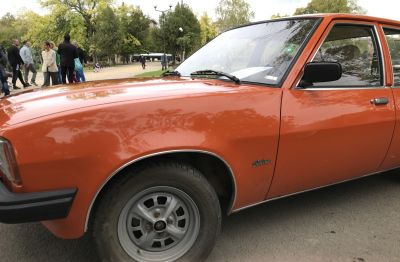
| Model Year: | 1979 |
|---|---|
| Length: | 4321 mm170.1 in |
| Width: | 1670 mm65.7 in |
| Height: | 1380 mm54.3 in |
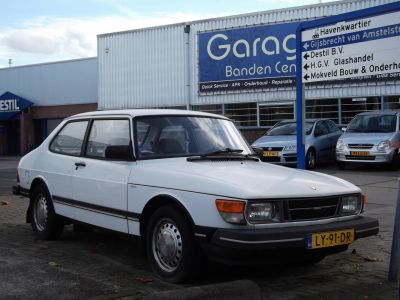
| Production: | 1984-1987 |
|---|---|
| Model Year: | 1985 |
| Length: | 4344 mm171.0 in |
| Width: | 1675 mm65.9 in |
| Height: | 1429 mm56.3 in |
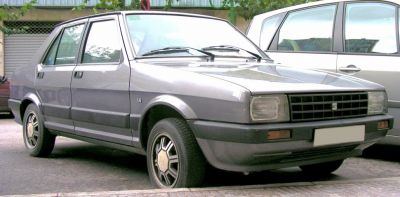
| Production: | 1984-1991 |
|---|---|
| Model Year: | 1985 |
| Length: | 4275 mm168.3 in |
| Width: | 1650 mm65.0 in |
| Height: | 1390 mm54.7 in |
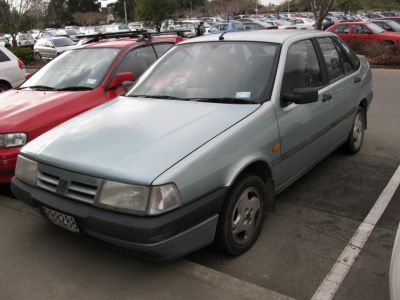
| Production: | 1990-1996 |
|---|---|
| Model Year: | 1990 |
| Length: | 4354 mm171.4 in |
| Width: | 1695 mm66.7 in |
| Height: | 1445 mm56.9 in |

| Production: | 1990-2001 |
|---|---|
| Model Year: | 1990 |
| Length: | 4355 mm171.5 in |
| Width: | 1695 mm66.7 in |
| Height: | 1445 mm56.9 in |
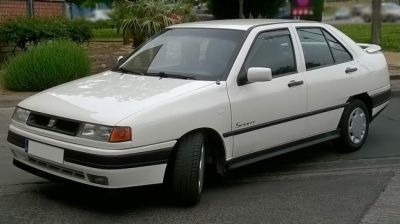
| Production: | 1991-1995 |
|---|---|
| Model Year: | 1991 |
| Length: | 4321 mm170.1 in |
| Width: | 1662 mm65.4 in |
| Height: | 1424 mm56.1 in |
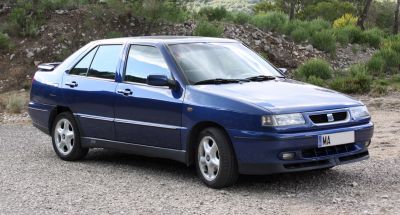
| Production: | 1995-1999 |
|---|---|
| Model Year: | 1995 |
| Length: | 4321 mm170.1 in |
| Width: | 1662 mm65.4 in |
| Height: | 1424 mm56.1 in |
